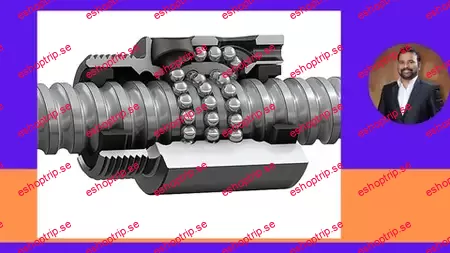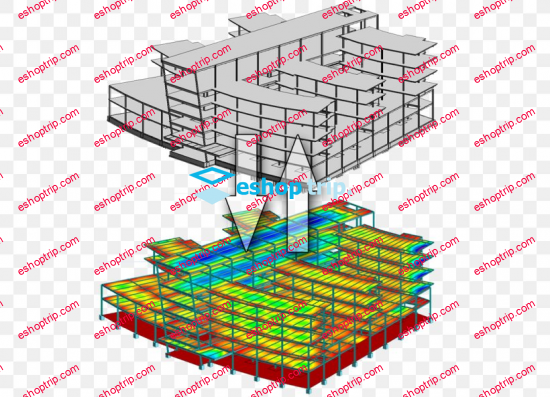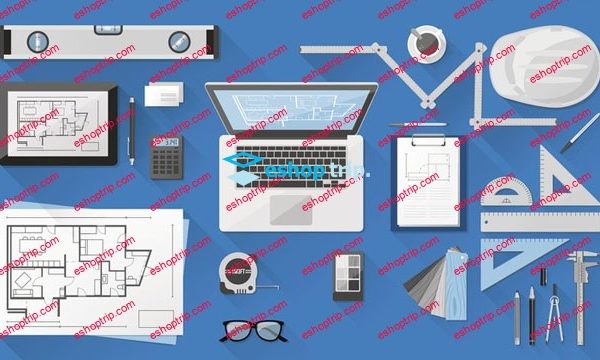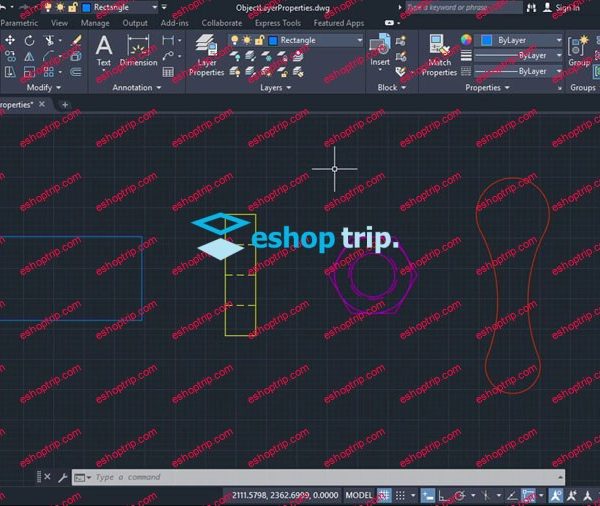Published 11/2024
MP4 | Video: h264, 1920×1080 | Audio: AAC, 44.1 KHz
Language: English | Size: 2.86 GB | Duration: 2h 21m
Design, Terms, Efficiency, Torque, Threads Forms, Calculations
What you’ll learn
Understanding Key Concepts
Torque Analysis and Design
Efficiency Evaluation
Comprehensive Design Application
Requirements
Basic Mechanics: A foundational understanding of mechanics, including concepts of force, moment, and equilibrium, is essential for analyzing and designing mechanical components. Engineering Mathematics: Proficiency in mathematical techniques, including calculus and algebra, is necessary for performing calculations related to torque, efficiency, and design analysis. Materials Science: Knowledge of material properties and behavior under different loading conditions is important for selecting appropriate materials for screws and related components. Fundamentals of Machine Design: Familiarity with basic machine design principles, including an understanding of machine components and their functions, will help students grasp the design aspects of screws and fasteners.
Description
This course provides a comprehensive overview of power screws, focusing on their terminology, design principles, and performance analysis. Students will explore the mechanics of square and trapezoidal threads, gaining insights into torque analysis and the factors influencing efficiency and self-locking capabilities.Key topics include:Terminology of Power Screws: Understanding fundamental concepts and definitions related to power screws, including thread types and applications.Torque Analysis and Design: Analyzing the torque requirements for power screws and the design considerations for optimal performance.Collar Friction Torque: Examining the effects of collar friction on the operation of screws and methods to mitigate its impact.Self-locking Screws: Investigating the criteria for self-locking in screw designs and the implications for safety and functionality.Efficiency Analysis: Calculating and comparing the efficiencies of square threaded screws and self-locking screws, highlighting factors that influence performance.Design of Components: Principles and practices for designing screws, nuts, and C-Clamps, emphasizing real-world applications.Screw Jack Design: Exploring the design and operation of screw jacks, including their mechanical advantages and applications.Differential and Compound Screws: Understanding the theoretical principles behind differential and compound screws, including their unique applications.Re-circulating Ball Screws: A theoretical examination of re-circulating ball screw mechanisms, focusing on their design advantages and operational principles.This course combines theoretical knowledge with practical applications, preparing students to engage in the design and analysis of various screw mechanisms in engineering contexts.
Overview
Section 1: Introduction
Lecture 1 Introduction of Power Screw _Machine Design _ V B Bhandari _
Lecture 2 Nomenclature of Power Screw _Machine Design_ V.B Bhandari_
Lecture 3 Basic Terminology of Power Screw _Machine Design_ V.B Bhandari_
Lecture 4 Forms of Threads in Power Screw _Design of Machine Design Elements_ Screw Jack_
Lecture 5 Design Procedure to Design Power Screw
Lecture 6 Basics Structure of Power Screw _Machine Design_ V.B Bhandari _ Application
Lecture 7 Power Screw Design Numerical Steps
Lecture 8 Power Screw Numerical 1_Machine Design _ V. B Bhandari_
Lecture 9 Power Screw Numerical 2 Machine Design _ V. B Bhandari_
Lecture 10 Power Screw Numerical 3_Machine Design _ V. B Bhandari_
Lecture 11 Power Screw Numerical 4_Machine Design _ V. B Bhandari_
Lecture 12 Power Screw Numerical 5_Machine Design _ V. B Bhandari_
Lecture 0 Power Screw Numerical_6_Machine Design _ V. B Bhandari_
Lecture 0 Power Screw Numerical _Machine Design _ V. B Bhandari_
Mechanical Engineering Students: Undergraduate or graduate students specializing in mechanical engineering who are studying machine design and mechanics. Manufacturing Engineering Students: Learners focused on manufacturing processes and systems, particularly those involving mechanical components and assembly. Engineering Technologists: Individuals pursuing careers in applied engineering, specifically in roles related to design, production, and maintenance of mechanical systems. Industry Professionals: Engineers and technicians seeking to enhance their understanding of power screws and their applications in various mechanical systems, including those working in design, manufacturing, and maintenance roles.
https://anonymz.com/?https://www.udemy.com/course/design-of-power-screw/










